How bad was the 2023 Oregon wildfire season? Acres burned, air quality impact
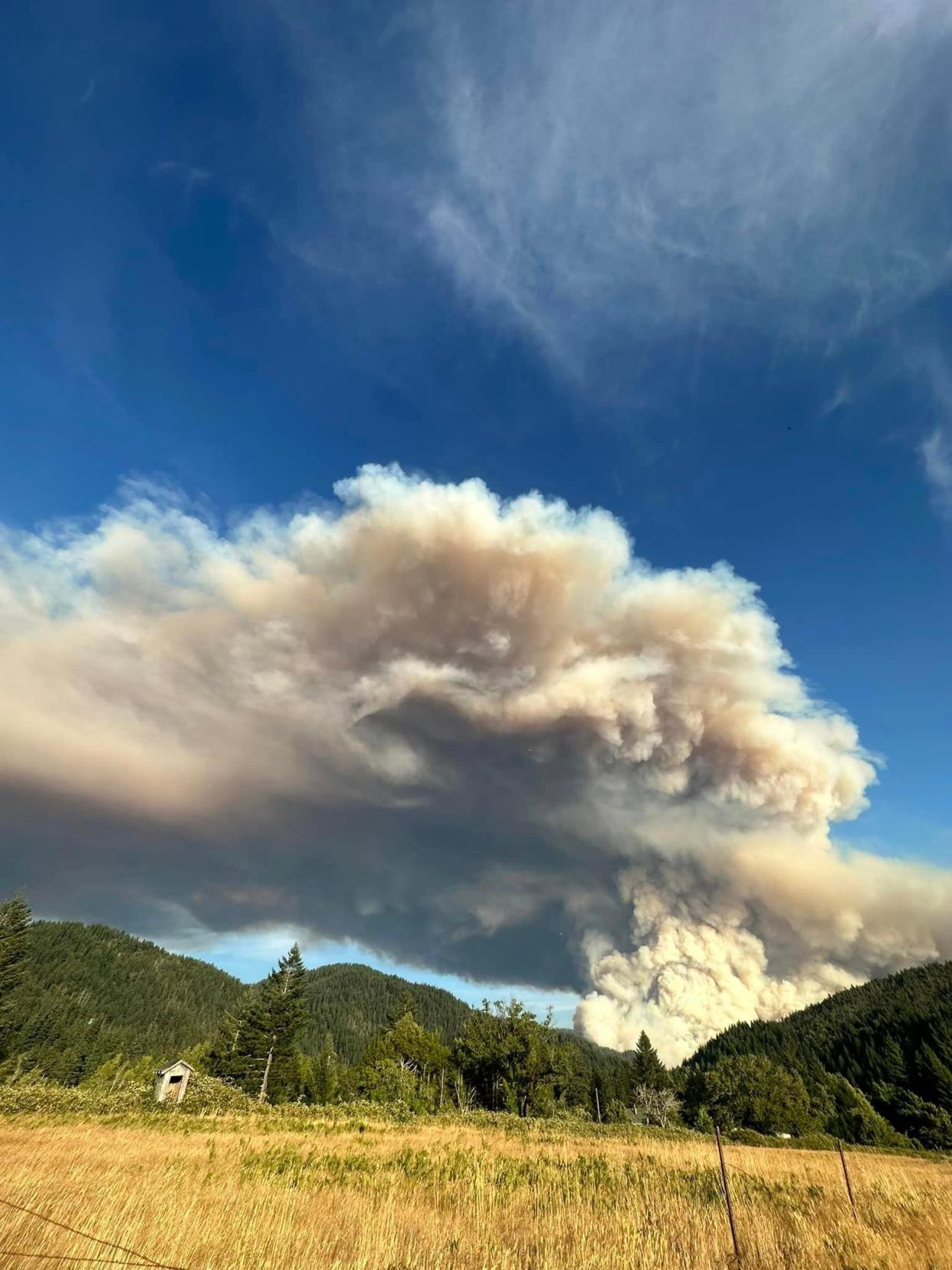
By the numbers, the 2023 wildfire season in Oregon was a quiet one — with the smallest number of acres burned since 2019 and well below average for the past decade.
A total of 190,500 acres were blackened in Oregon this season, according to data from the Northwest Coordination Center, compared to 1.1 million acres burned in 2020, 800,000 in 2021 and 400,000 in 2022.
Yet for firefighters on the ground and residents in Oregon communities, this year certainly didn't feel quiet.
Evacuations were common, even in urban areas like south Salem and in and near Lane County. Forty-nine homes and 78 structures burned around the state. Highways and public lands were shut down for weeks. Air quality was poor in Central Oregon, and fire crews spent $484 million fighting fires in one of the most expensive seasons in modern history.
It could have been worse.
Western Oregon wasn't hit by major east winds similar to 2020 or 2022 — the type that turns wildfires into raging infernos. Instead, in late August and early September, two systems of rain brought relief when Oregon needed it most.
"We got pretty lucky as far as when the rains came," Oregon Department of Forestry wildfire spokeswoman Jessica Prakke said. "It really helped calm fire behavior and helped us get containment."
Prakke also credited firefighters for snuffing out wildfires quickly, saying the agency, which has invested millions in new fire-detecting cameras, kept 94% of fires smaller than 10 acres.
But neither luck nor firefighters could stop what continues to be a concerning trend about this and other recent fire seasons — human-caused fires burning closer and most dangerously to urban areas.
In Salem, 600 households were told to evacuate for the Liberty Fire. Around Eugene, McKenzie Bridge, Sweet Home and Veneta, multiple evacuation orders were issued. In Bonanza, 48 homes and 69 structures were lost to the Golden Fire.
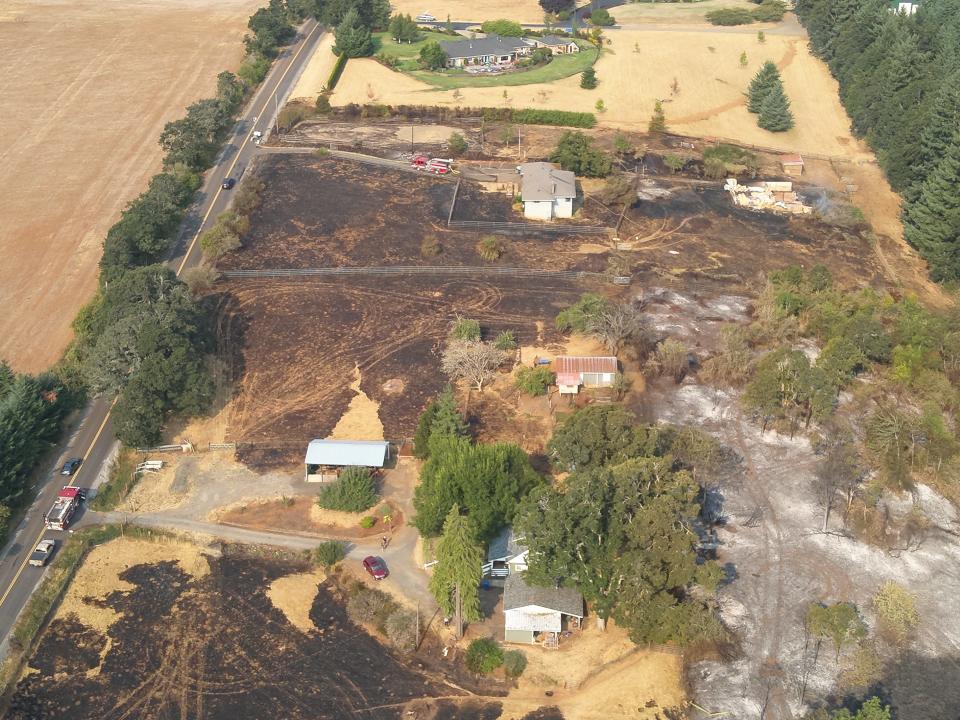
"We've got drier conditions and higher fire danger in places that historically didn't have to worry about fire, and a lot of people aren't used to that," Prakke said. "We had cases where people were doing a pile burn, and even when they had done a pretty good job at taking precautions, the fires still got away.
"We're trying to really hammer that education because conditions just aren't what they used to be."
Acres burned lowest since 2019, but with caveats
This year's total of 190,500 acres burned could have been larger if Oregon's borders were just a touch different.
The Northwest's largest wildfire was the 90,000-acre Smith Complex, which burned mostly on the California side of the state line but still had a major impact on southern Oregon, leading to poor air quality and an extended shutdown of U.S. Highway 199.
On the Oregon side, the four largest fires were:
Flat Fire: 34,242 acres, near Agness and Gold Beach
Bedrock Fire: 31,590 acres, near Springfield-Eugene
Lookout Fire: 25,754 acres, near McKenzie Bridge
Anvil Fire: 22,170 acres, near Port Orford
Those fires were considerably smaller than the megafires that ignited the past three years. The 2021 Bootleg Fire burned 400,000 acres, the 2022 Cedar Creek Fire torched 112,000 acres and 2020 Labor Day fires included multiple 100,000 acres blazes.
Cost of fighting Oregon's 2023 wildfires skyrockets
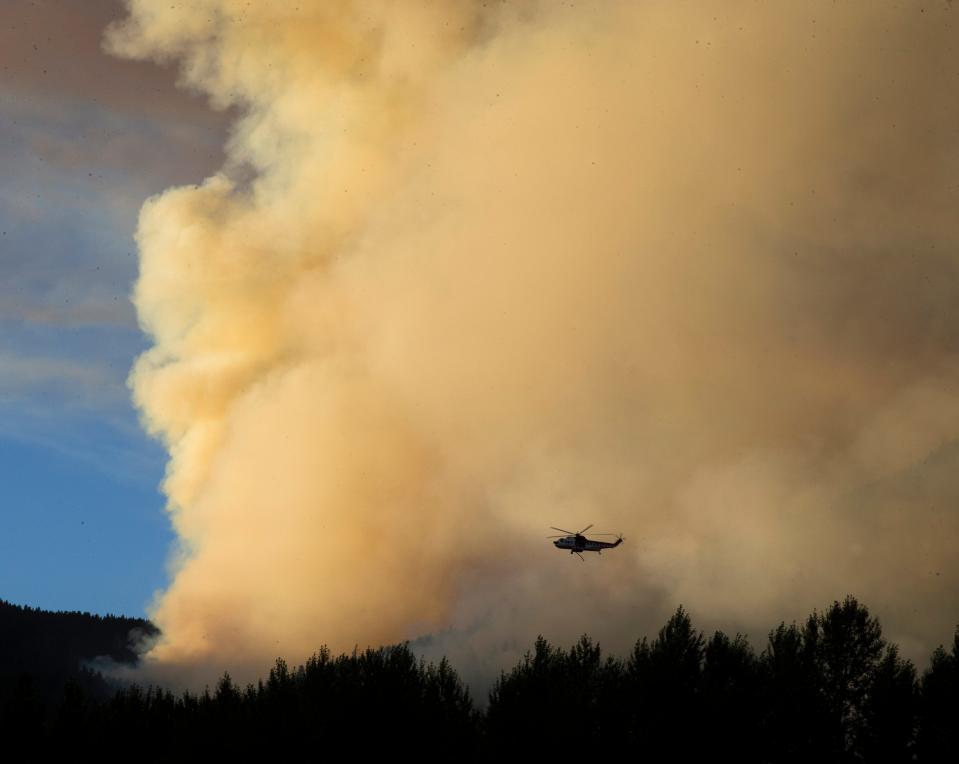
It might have been a smaller season for acres burned, but it wasn't a small year for the cost of fighting wildfires.
So far, state and federal agencies have spent $484 million on the 2023 wildfires, and that number is likely to increase as fire teams submit their final bills.
It's the third-most expensive season since 2015 and by far the most expensive per acre season in the same period.
The reason for the high cost, fire officials said, was multiple large fires that started early and lasted all summer while burning near high-value assets like homes and communities. Small armies of firefighters arrived on the Flat and Bedrock fires beginning in July and stayed there most of the summer.
"Every one of those big fires this year had a community off to the west, so taking a hands-off approach was not an option for us," said Alex Robertson, regional fire director for the U.S. Forest Service. "It costs a lot of money to keep an organization in place to manage that fire."
Oregon's four most expensive fires this year were:
Lookout Fire: $88 million
Flat Fire: $75 million
Bedrock Fire: $67 million
Anvil Fire: $55 million
Human-caused fires eclipse lightning caused fires
Humans were blamed for igniting 1,268 fires that burned 139,131 acres this year, far more than the 550 lightning-ignited fires that burned 43,588 acres, according to Northwest Coordination Center data.
Ten of the 15 largest fires this season — including Flat and Bedrock, which ignited near campgrounds — were listed as "undetermined/human caused." Final investigation reports haven't been released for most of those but with lightning ruled out, it leaves humans as the cause or most likely cause.
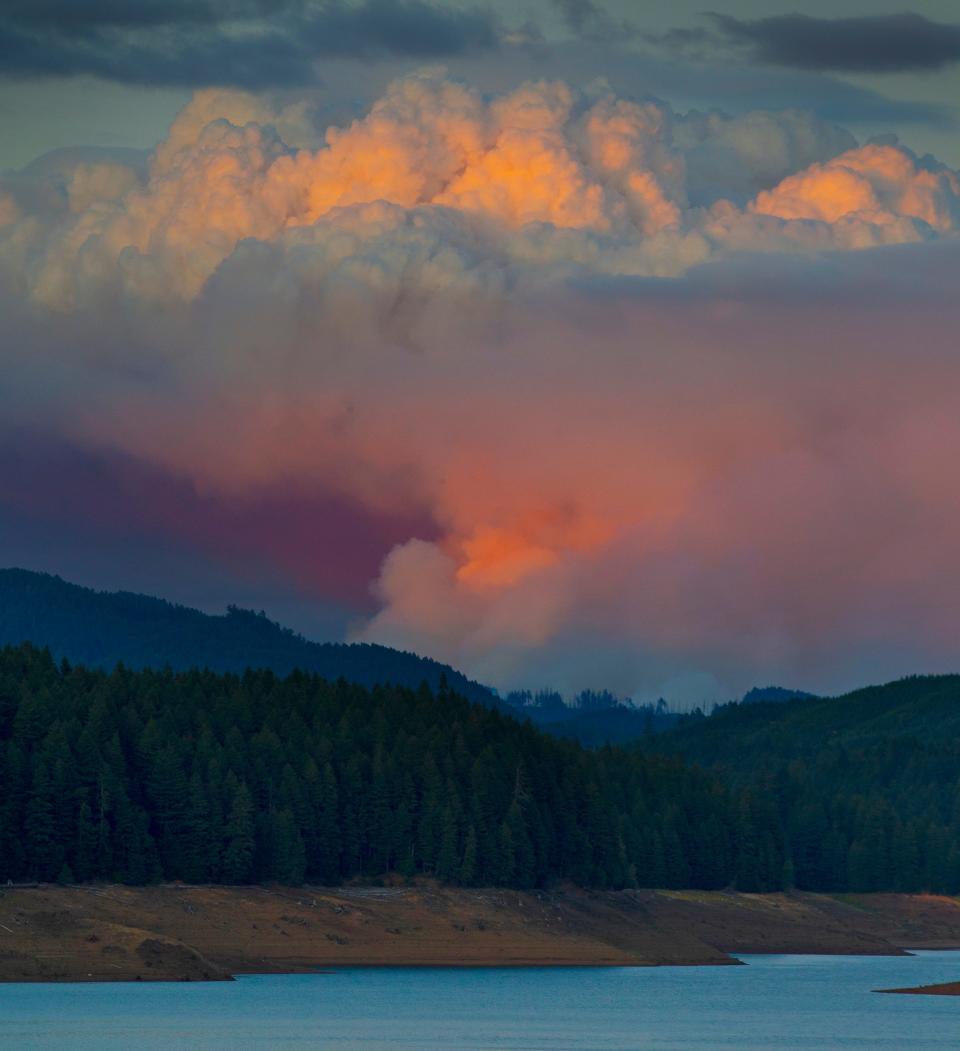
People who ignite fires can be billed for starting them, or even charged with crimes, but it's a process that often takes years.
Overall, human-caused fires may have burned more acres this year, but the number of them was about average. Since 2015, the average number of human-caused wildfires in Oregon has been 1,244.
Homes lost to the Golden Fire
A total of 127 buildings, including 49 homes and 78 other structures, were burned in wildfires this year, Northwest Coordination Center reported. It was the third-highest number since 2015.
All the homes, and most of the buildings, were burned in the 2,100-acre Golden Fire outside Bonanza.
The Bedrock Fire burned one home and three structures, while the Flat Fire burned two structures.
Air quality mostly better except in Central Oregon
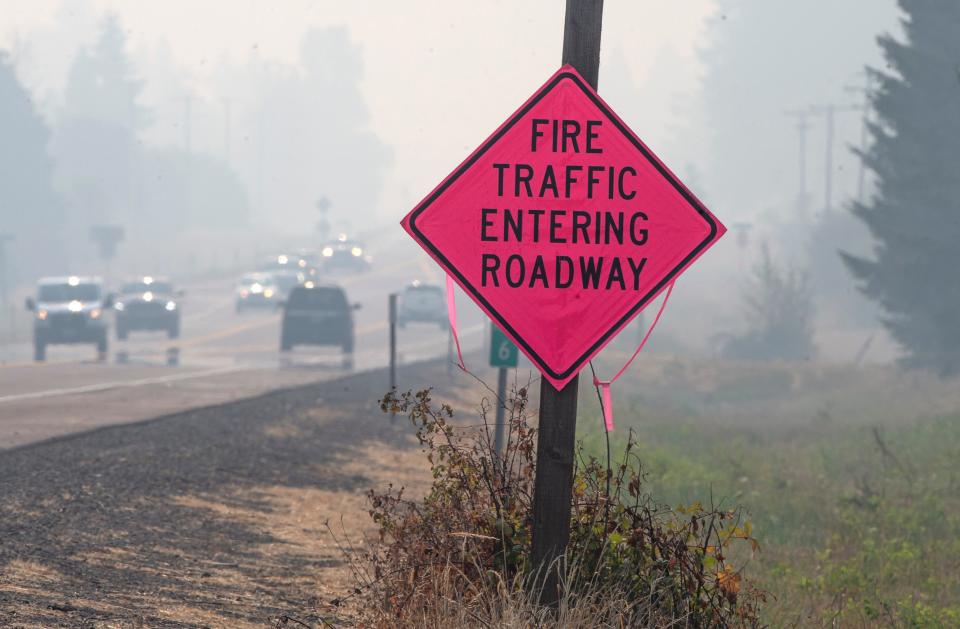
The smaller number of acres that burned across Oregon did improve the air quality across the state, at least compared to bigger wildfire seasons.
One place that wasn't true was Central Oregon.
The Bedrock and Lookout fires, which burned in the Central Cascade Mountains, funneled a steady stream of smoke into Bend, which recorded 21 days of air quality at levels "unhealthy for sensitive groups." Those three weeks were the most Bend has recorded since the Oregon Department of Environmental Quality started keeping records in 1989.
Medford recorded 14 days of unhealthy air for sensitive groups, while Oakridge recorded 11.
'Tremendous amount of serious injuries, broken bones, close calls'
One reason for less smoke in the air, Prakke said, was a high success rate of putting out fires while they were small. On lands closest to communities — largely managed by ODF — there was an average number of wildfire starts, but only 16% of normal acres burned, she said.
"This was mainly attributed to an aggressive initial attack, where they're getting on these fires as fast as possible, putting them out as small as possible," Prakke said. "Long-term, that's what keeps communities safest."
This year, ODF continued installing remote cameras. There are now 77 watching the forests for new smoke, with around 18 more to be installed in the next two years.
Yet the work on the ground remains as dangerous as ever.
Firefighter Benjamin Charles Sapper, 21, was killed in a car crash while working the Flat Fire near Powers. Sapper was the fifth firefighter that has died in Oregon since 2020.
"We had a tremendous amount of serious injuries, broken bones, close calls, hospitals stays, this year," Robertson said. "It's an extremely dangerous job."
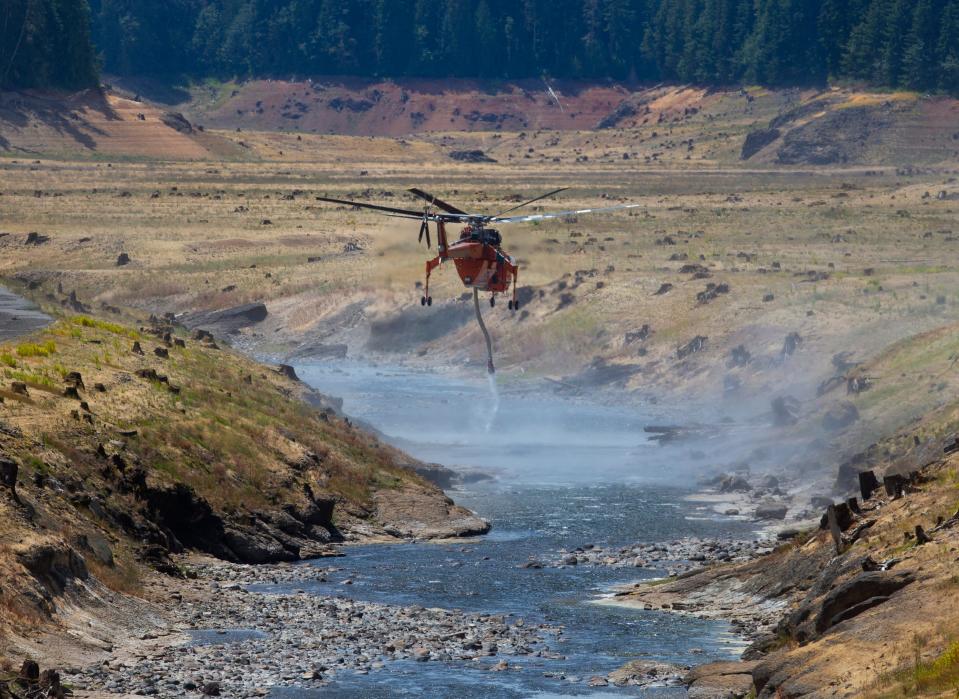
The stage was set, but the winds didn't hit
While this season didn't end up with multiple megafires, that doesn't mean Oregonians should get complacent, Robertson said.
Having multiple large fires on the west side of the Cascade Range, for such a long period, could easily have been calamitous and is happening more often, he said.
"We should all be concerned," Robertson said. "Seeing earlier fires on the west side behave and grow the way they have is really concerning.
"It didn't happen this year, but it left many communities susceptible if we would have gotten east winds."
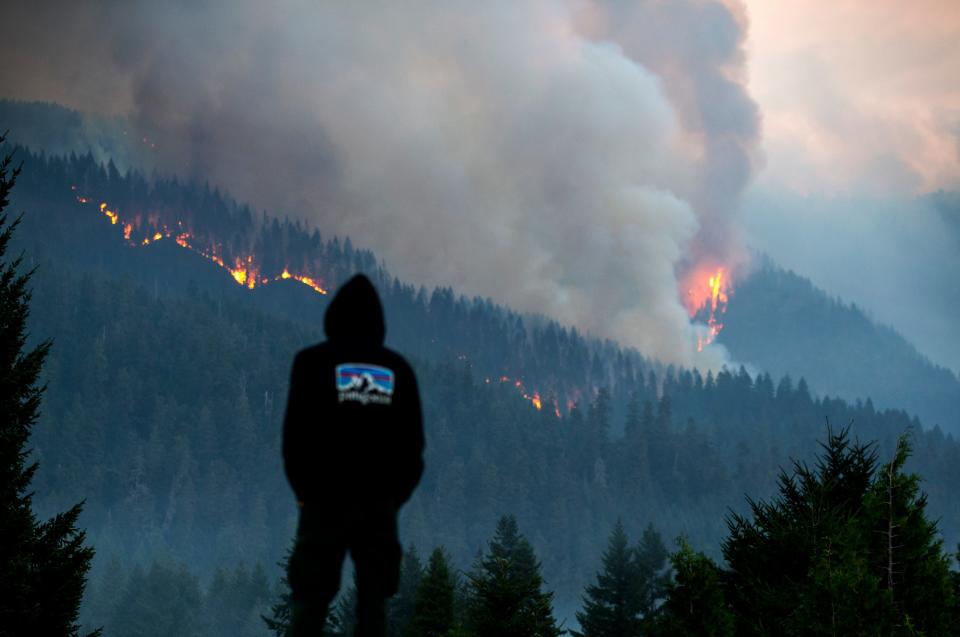
Zach Urness has been an outdoors reporter in Oregon for 15 years and is host of the Explore Oregon Podcast. To support his work, subscribe to the Statesman Journal. He can be reached at zurness@StatesmanJournal.com or 503-399-6801. Find him on Twitter at @ZachsORoutdoors.
This article originally appeared on Salem Statesman Journal: How bad was the 2023 Oregon wildfire season? Acres burned, air quality

